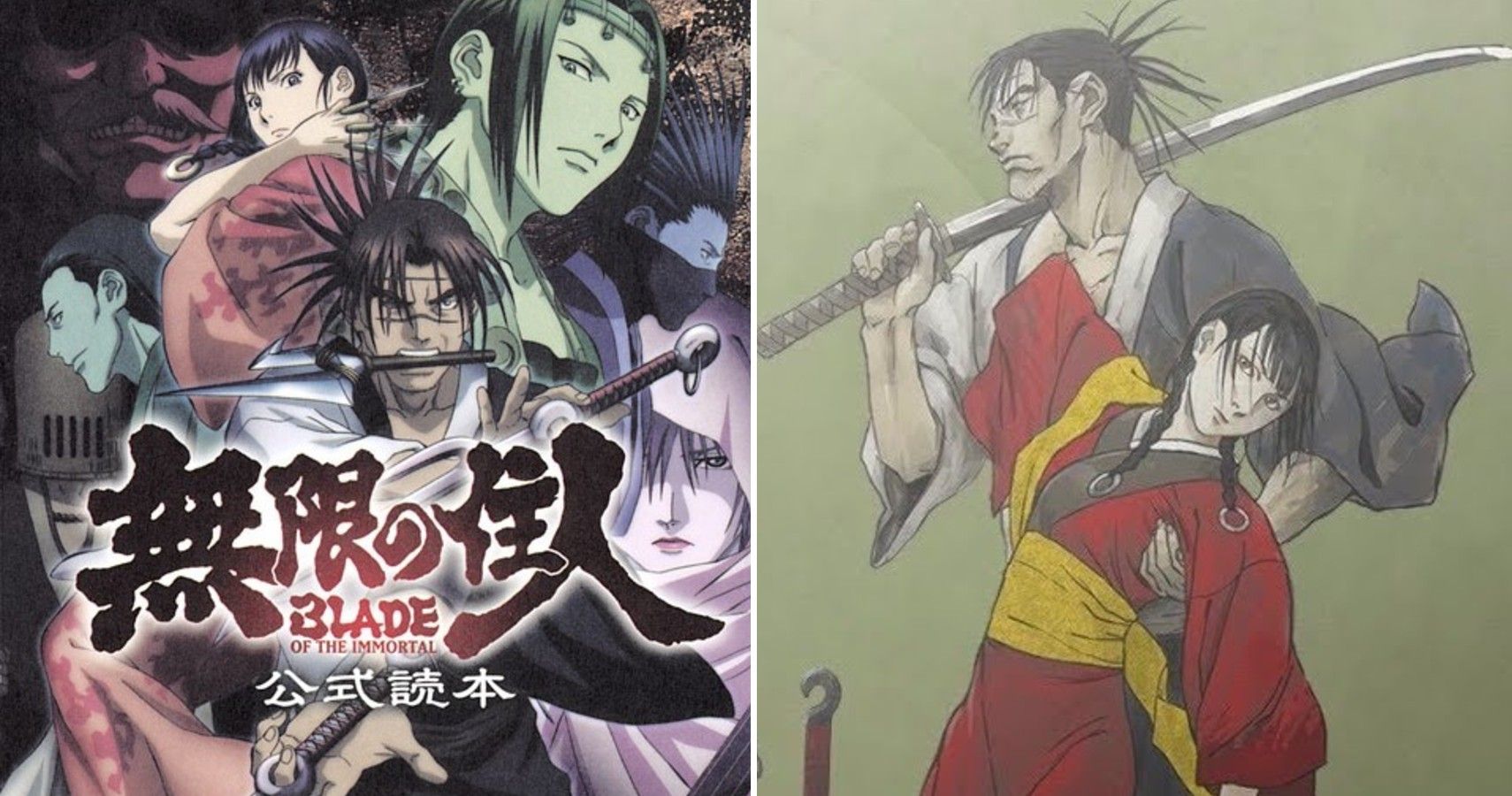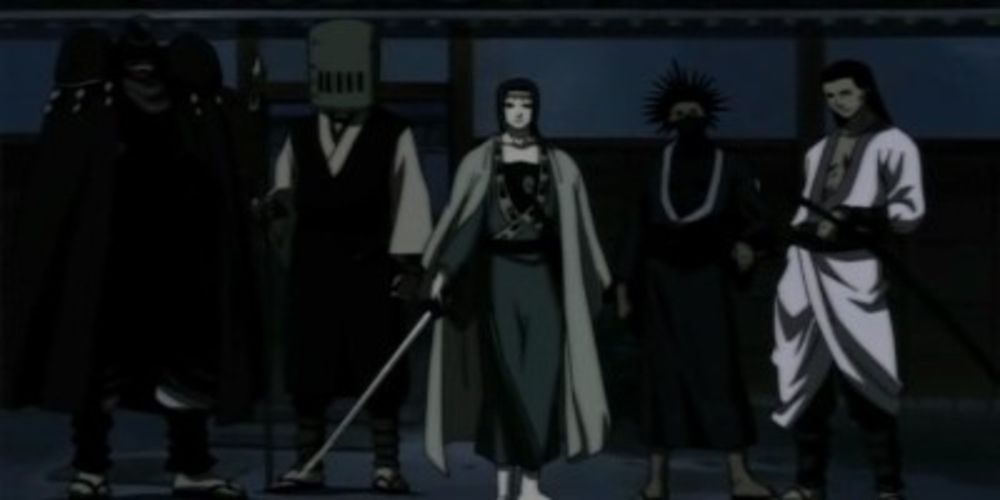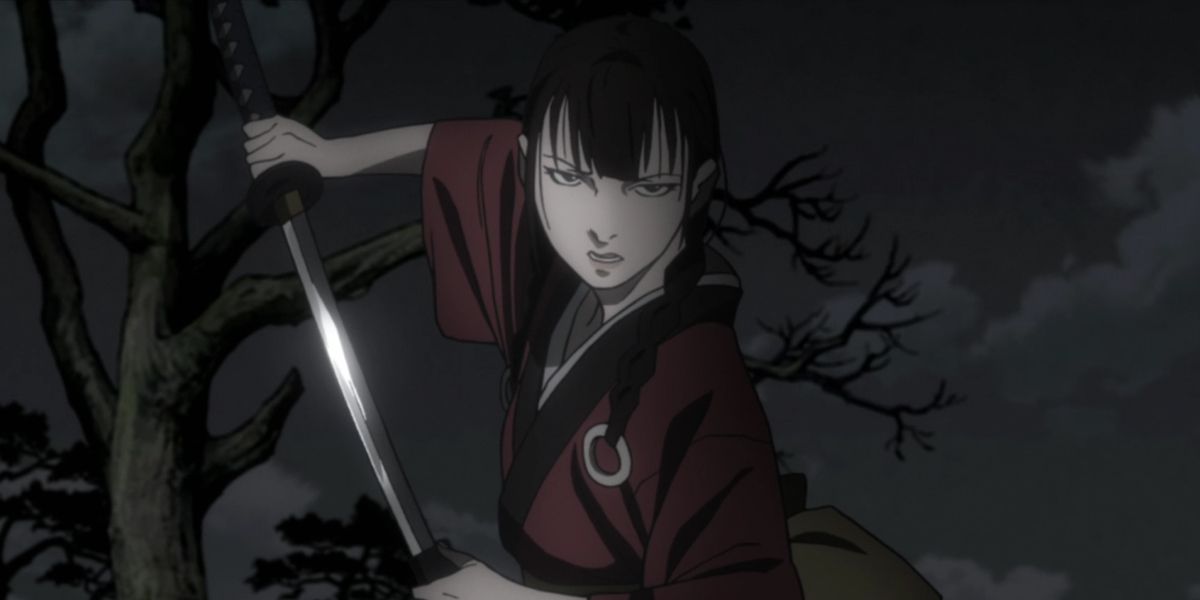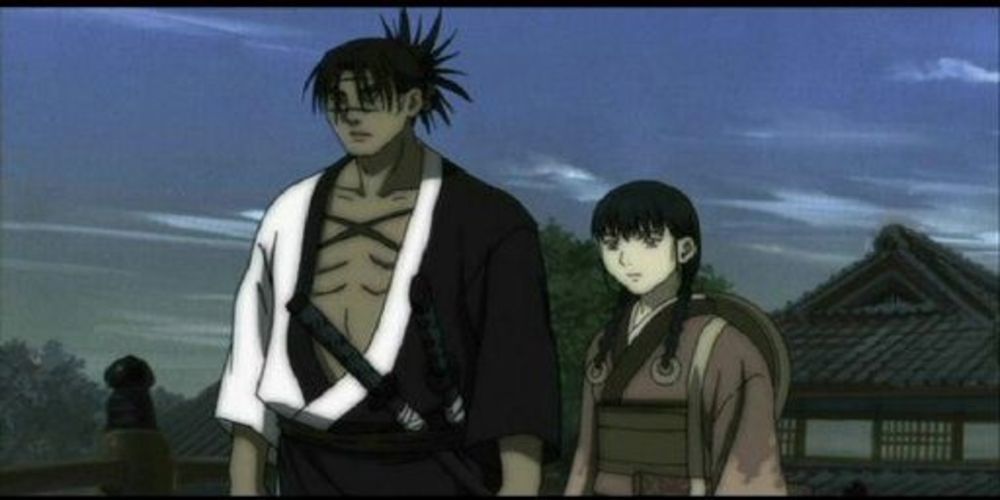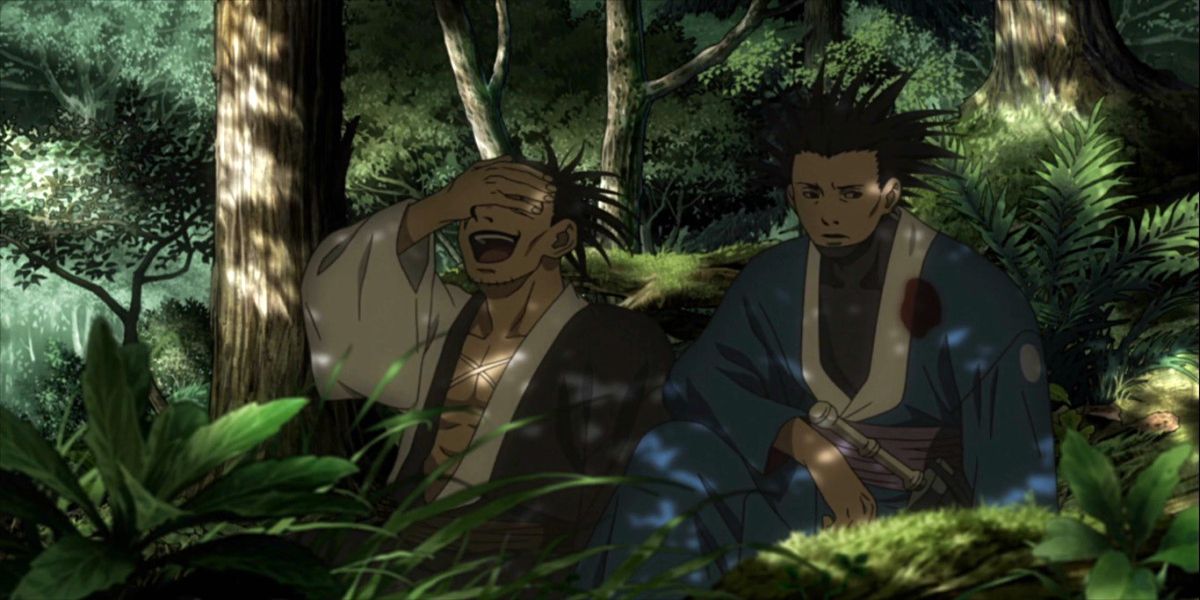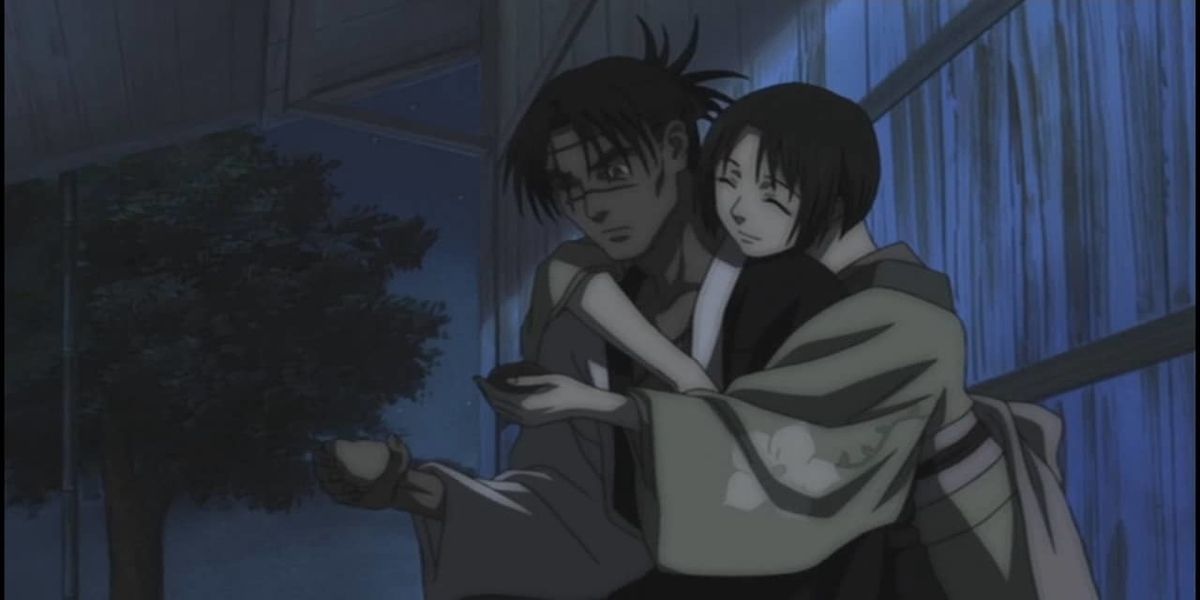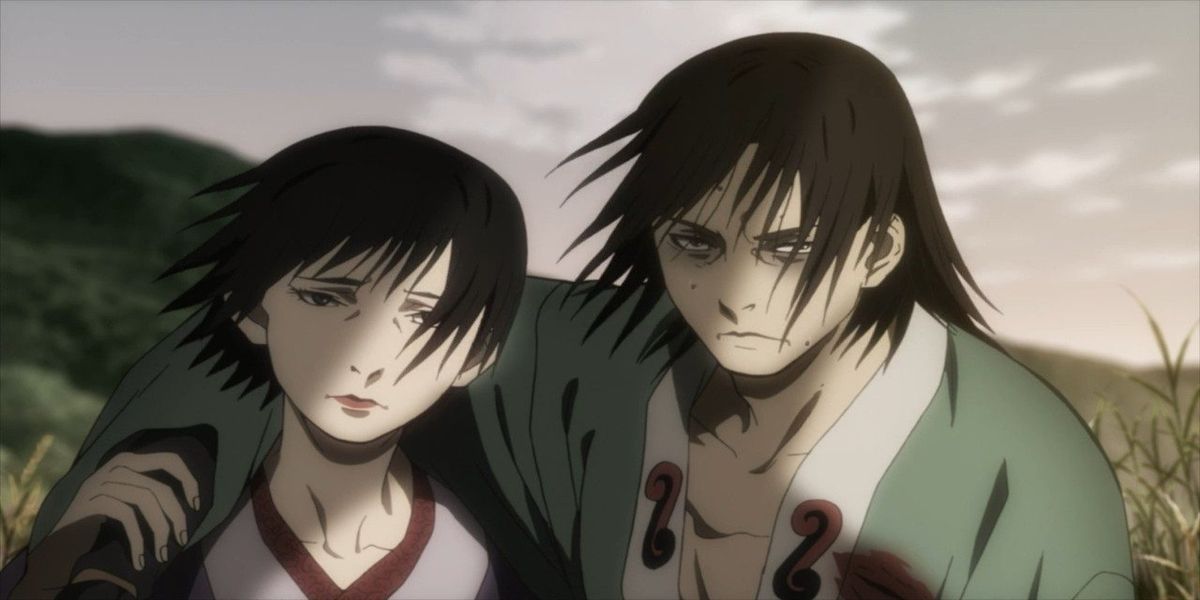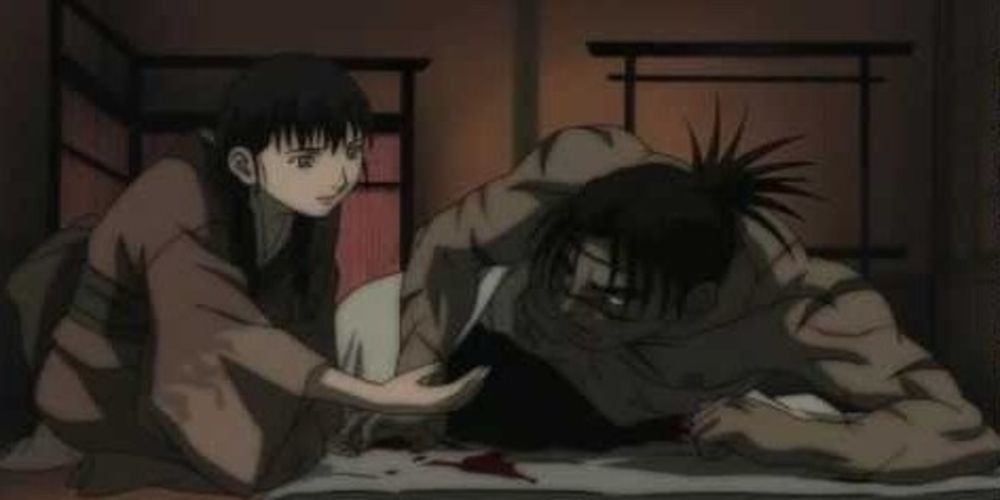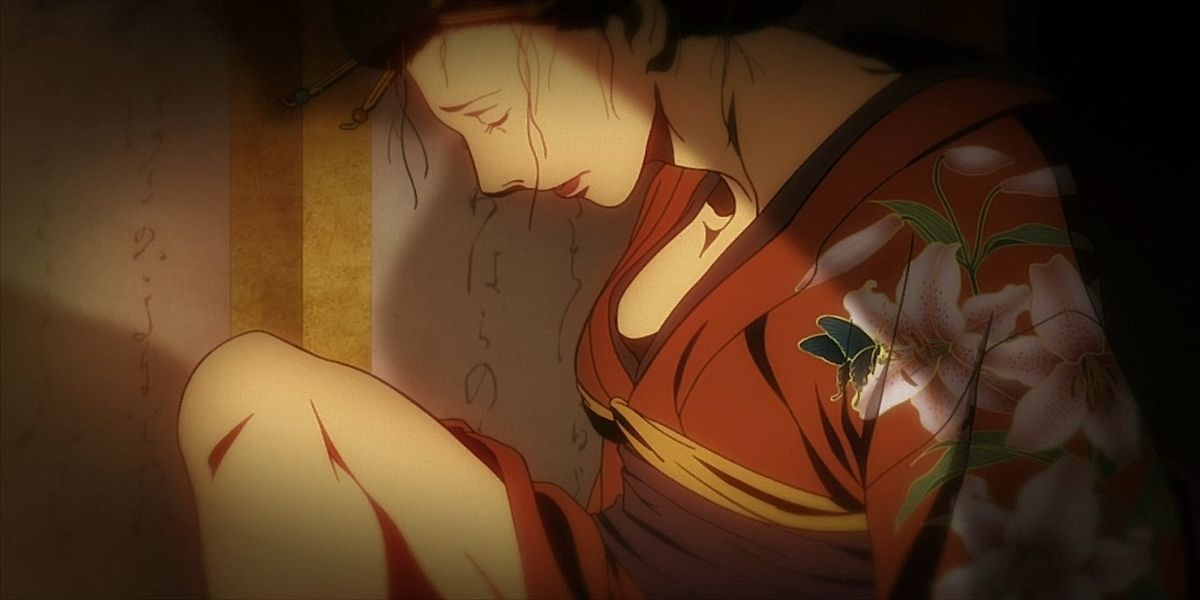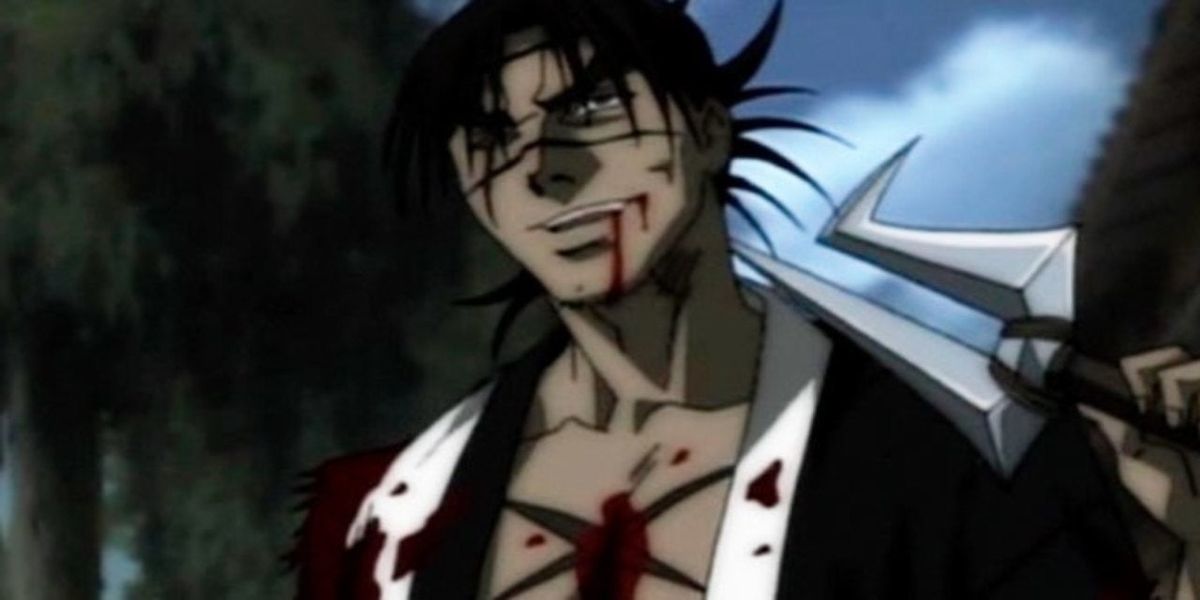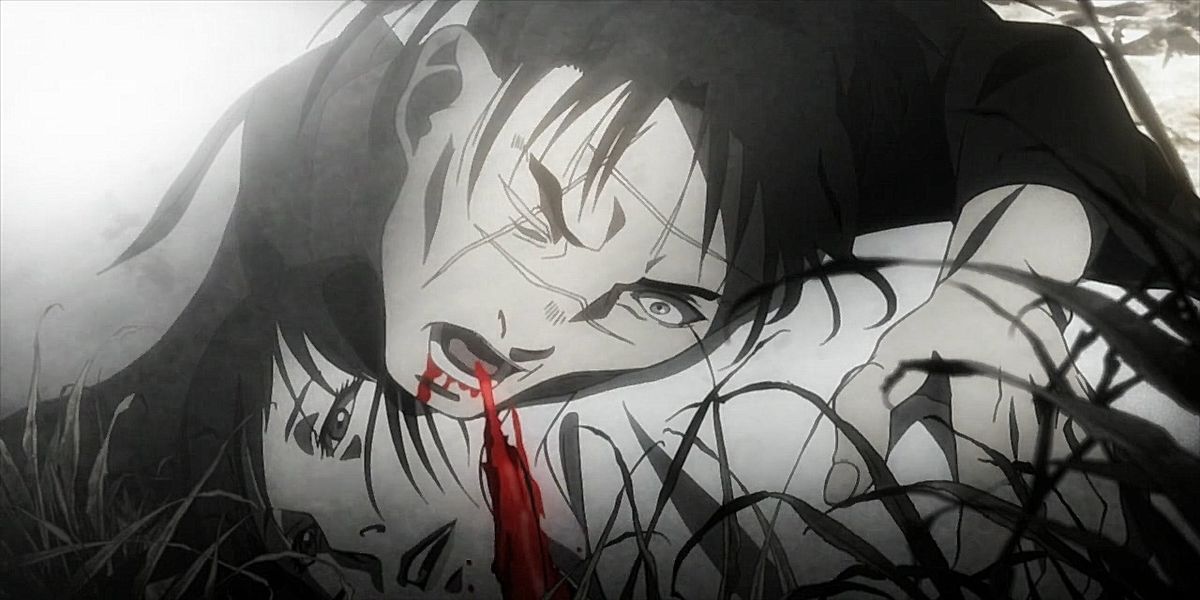Blades, shurikens, stealth, espionage, assassinations, and epic battles; whats not to love about samurais? The masked assassins and ancient swordsmen have gone on to inspire numerous series and works of art across generations of film, anime, and literature. Case in point: Hiroaki Samura's classic manga Blade Of The Immortal.
Blade of the Immortal is a series that strives to encapsulate the time-period and struggle of the profession. It's an influential manga that spawned two anime adaptations and a live-action film. With the recent recreation of the series airing on Amazon Prime, we thought it would be a good idea to compare the two. So without further ado, we'll be discussing five reasons why the new series animated by Liden Films is great and five why the original anime from Bee Train is better.
Write for us! Do you have proven online publishing experience? Click HERE and Join our Team!
10 THE ORIGINAL IS BETTER: It Feels Like A Classic Samurai Anime
While watching the original series, one may notice some tropes typical of the samurai genre that help to create a sense of nostalgia and familiarity for viewers. While that's not to say the new one doesn't feel like a classic (because it does) but with its more serious nature, overly graphic scenes and insanely violent segments, it creates more of its own realistic Dark Souls vibe rather than a traditional samurai series that we've come to know and love.
They are both great within their right but stand at the opposite spectrum of what we know of the samurai genre, one being more gritty and realistic, and the other being more of a homage to source material and genre.
9 THE REMAKE IS BETTER: It Has Superior Animation
When comparing the two series, it seems somewhat unfair considering one is 11 years older than the other. But the 2019 version remains by far one of the most beautiful animes of all time, rivaling Studio Ghibli and Makoto Shinkai Films.
With the production being handled by LIDENFILMS, the same studio responsible for the Initial D films, there's no wonder the series remains so breathtaking. The striking colors, beautiful cinematic composition, realistic shadows, and fluid fight scenes help to separate the series from others in the genre.
8 THE ORIGINAL IS BETTER: It's More Suitable for Children
The original series, while still violent, was a more suitable experience for teenage and younger viewers. The extreme level of blood, gore, and sexual content from the popular manga was either toned down or entirely scrapped for the original series from 2008.
The recent release, conversely, adheres much closer to the manga, retaining the more gruesome and sexually charged content for its modern-day adaptation. While more faithful to the source material, this limits its scope to a more adult and mature audiences. It is definitely not a series for the faint of heart or squeamish.
7 THE REMAKE IS BETTER: The Pacing Takes Its Time
The pacing between the two series varies greatly. Firstly, the original adaption was only 12 episodes, and never fully encompassed the story from the manga. It was almost as if the series just stopped abruptly in the middle of the arc.
The modern-day release made certain, with its 24 episode run, that it would maintain the story, characters, themes, and content from the work. While at times the story can feel like it drags a bit thanks to tons of exposition and character building, it executes its development between the characters and the world, making for more entertaining and high stakes engagements.
6 THE ORIGINAL IS BETTER: It Was More Philosophical
There are some key differences between the original series and the new one, one being the philosophical outlook. While the new series does a great job of creating a beautiful, deadly, and realistic world through its stellar animation, it puts more of its focus on the aesthetic and the experience of the time.
The original was more limited to the content that it was able to utilize from the manga, so it made a point to focus on the philosophical and existential themes from the source material. Both pieces are great in their own right, but some viewers might be turned off by the dated animation and lack of a conclusion to the original adaptation.
5 THE REMAKE IS BETTER: The Music Is Period-Accurate
Music plays a major element in any medium from TV, film, video games, broadway; you name it. Throughout the modern series, the composers focused on using traditional Japanese instruments of the era to achieve a more realistic and immersive experience for the viewers. They used somber strummings of the Biwa, Koto, and even Kokyu to accomplish this.
That's not to say the original series music wasn't great, but its focus on creating an original soundtrack using a variety of instruments not necessarily from the period draws away from the immersion, making the work a product of its own.
4 THE ORIGINAL IS BETTER: It Took Some Liberties
The original series did a good job of taking the source material and making it its own thing while staying true to the piece. For instance, some of the characters have slightly different personalities such as Manji, who remains a little more caring and less aloof than he appears in the manga. Similarly, Rin isn't as dead set on exacting revenge to the point of even sacrificing her innocence for vengeance's sake.
The creators took liberties with the groundwork of the personalities of these characters, creating their own interpretations of their feelings and emotions throughout the circumstances they encounter.
3 THE REMAKE IS BETTER: The Fight Scenes Are Stronger
Both series do an amazing job of choreographing beautiful and intense fight scenes. The original series from 2008 suffers from some dated animation of the times, which limited some of their capabilities from a sheer technological standpoint. For its time, it was passable.
Meanwhile, the new series puts a focus on the animation and making sure each scene is perfectly framed and drawn out too much with the tone and feel of the episode. Some fight scenes are dark and brooding bloodbaths of severed limbs and corpses, while others avoid showing and gore to suit the aesthetic of the scene. The new series is an amazing example of the technology that we have today.
2 THE ORIGINAL IS BETTER: It Left Room For Improvement
Every once in a while, and anime comes along that defines the generation of series to come. There have been series like Death Note, Cowboy Bebop or more recently, Attack On Titan, which have served as genre-defining examples of how a series should be done.
These series wind up being so impactful to fans and creators that they leave little room for remakes or spin-offs in fear of bastardizing the original property. In contrast, the original Blade Of The Immortal actually achieved by failing, only telling half a story and only being 12 episodes. In doing so, it left space for a proper remake to happen.
1 THE REMAKE IS BETTER: It Will Have An Actual Ending
The new series manages to accomplish something that the original doesn't: it actually ends. It does a great job of sticking closely to the manga's storyline and scenes. By bringing in industry veteran Hiroshi Hamasaki (a key animator from the original Ninja Scroll) to helm the series, the remake's presence as a great anime series was only further solidified. As of this writing, the new anime is just a few episodes away from its finale, but it's still nice to know that there's a definitive endgame to look forward to rather than an abrupt one.
If you watched the new series and enjoyed the experience, then the original serves as a good time capsule to go back and see the differences between the two. If you're looking for a dark, pensive, action-packed series, sprinkled with a little wax poetic than you can't go wrong with Blade Of The Immortal.

